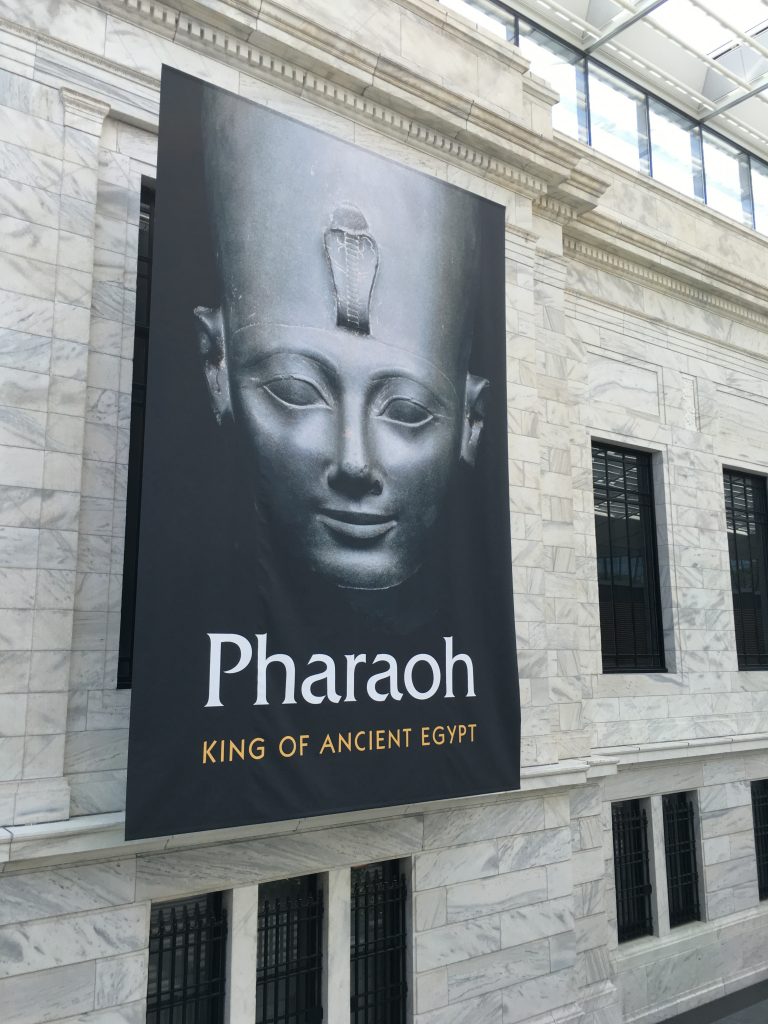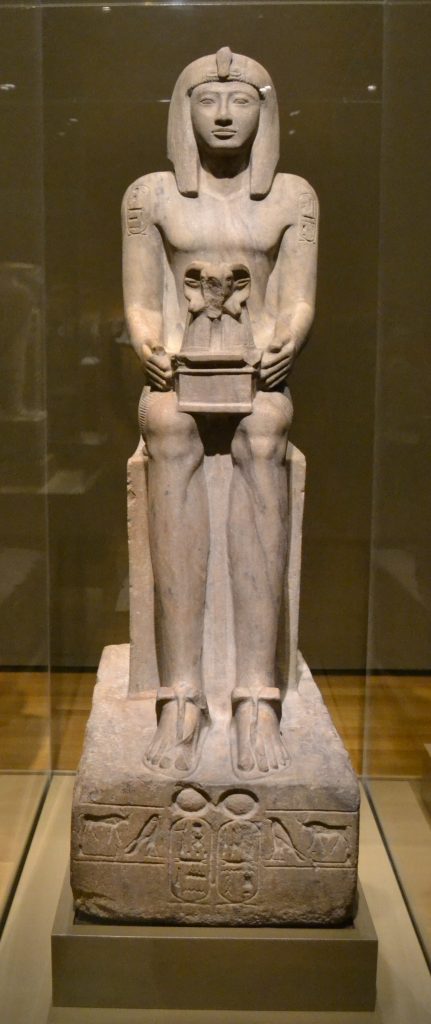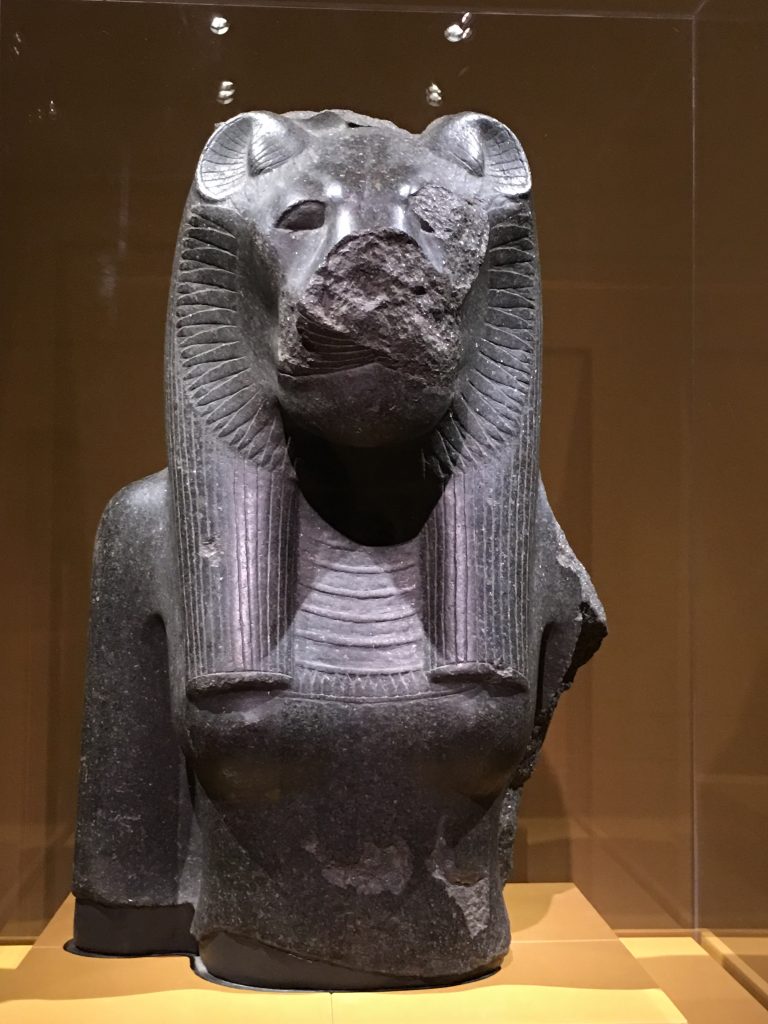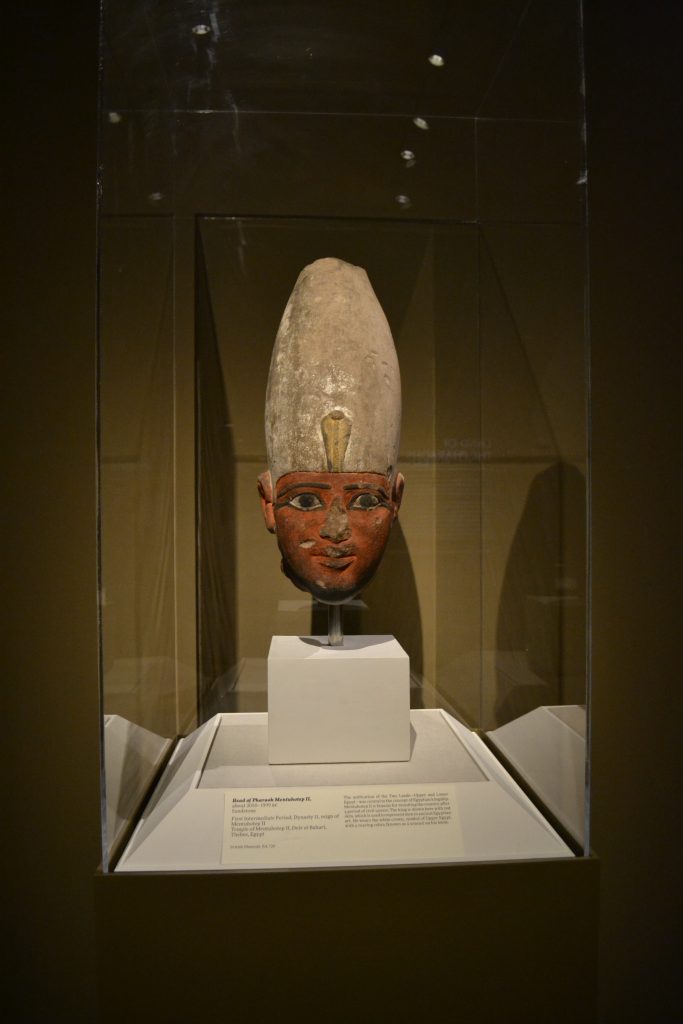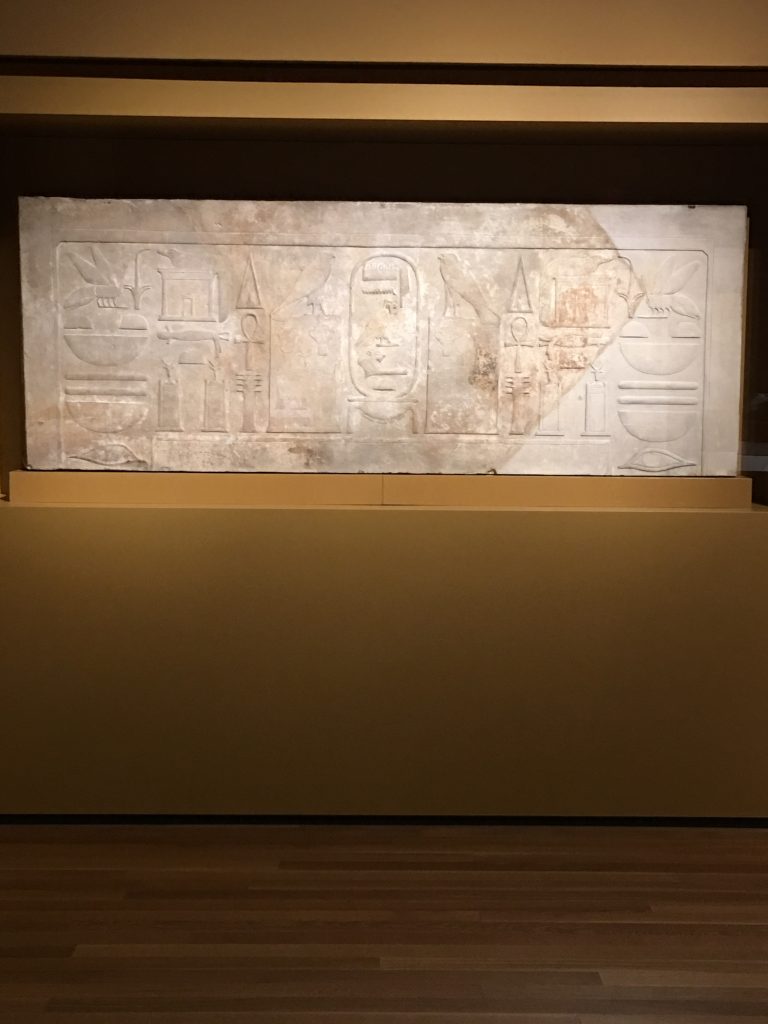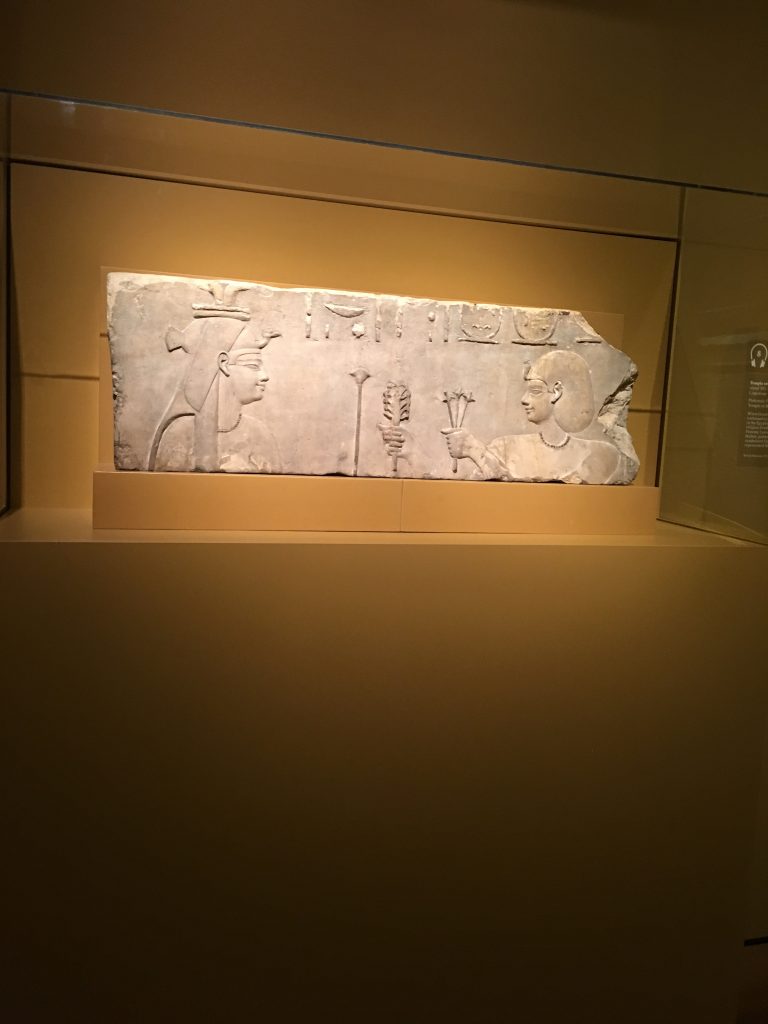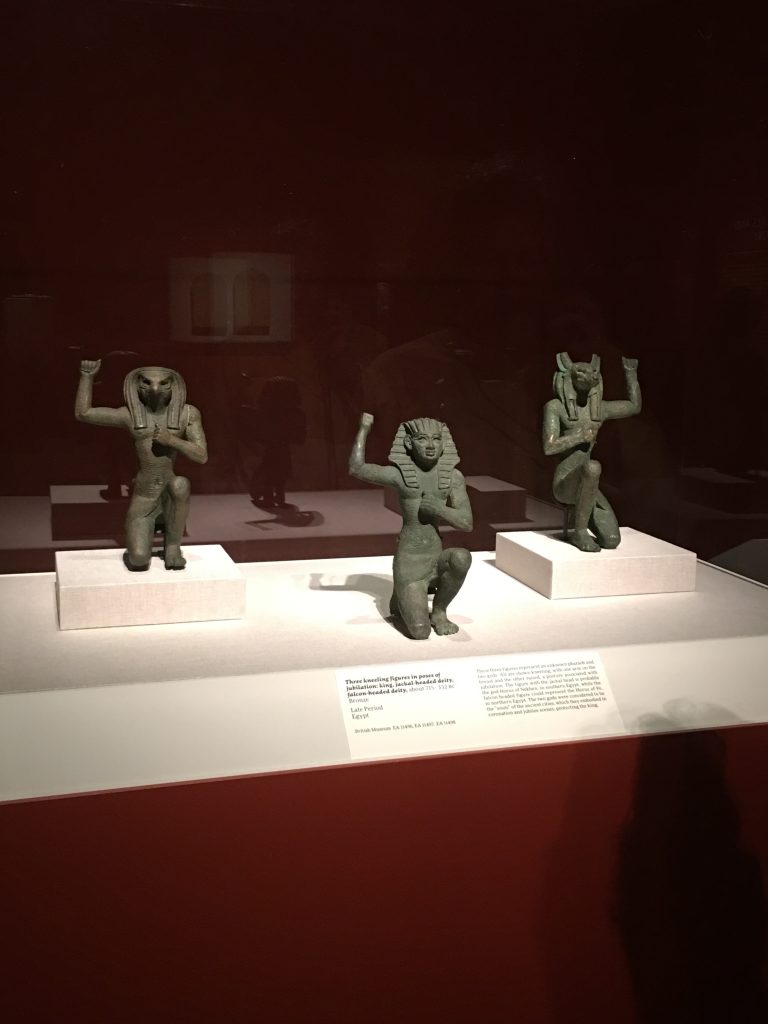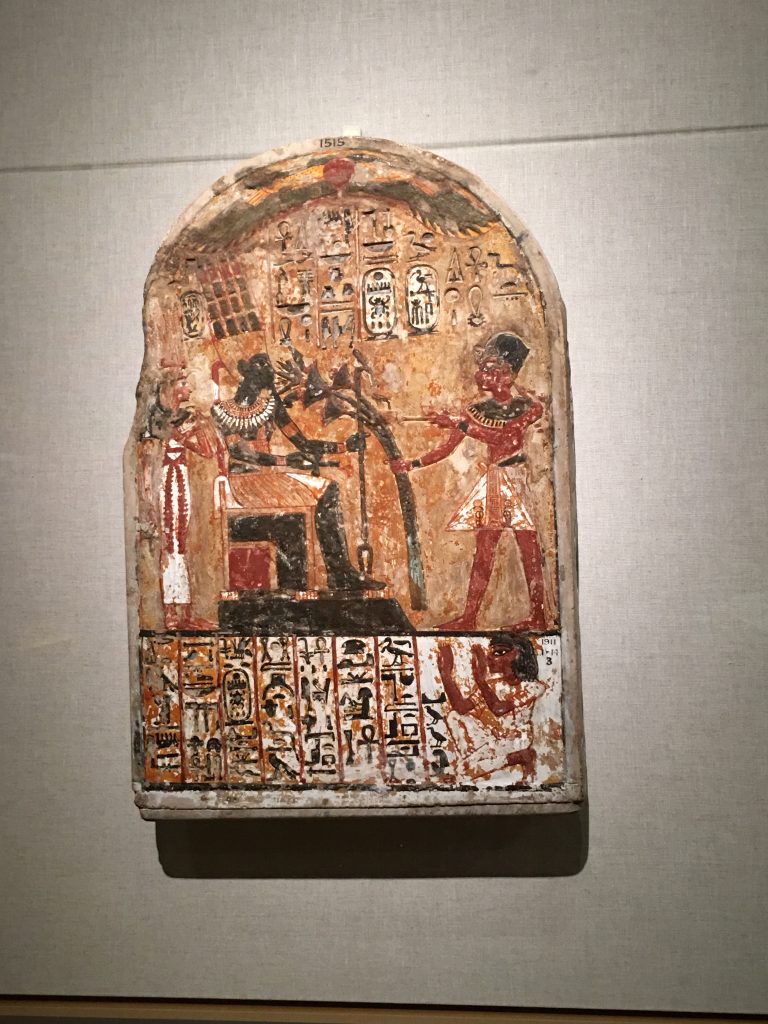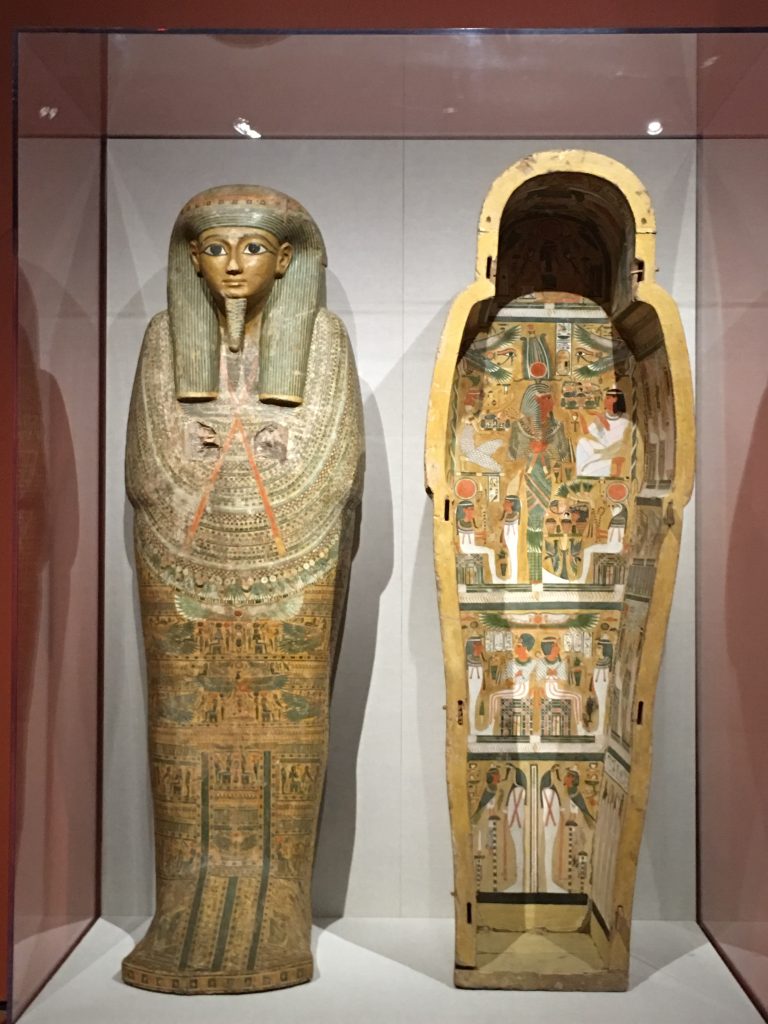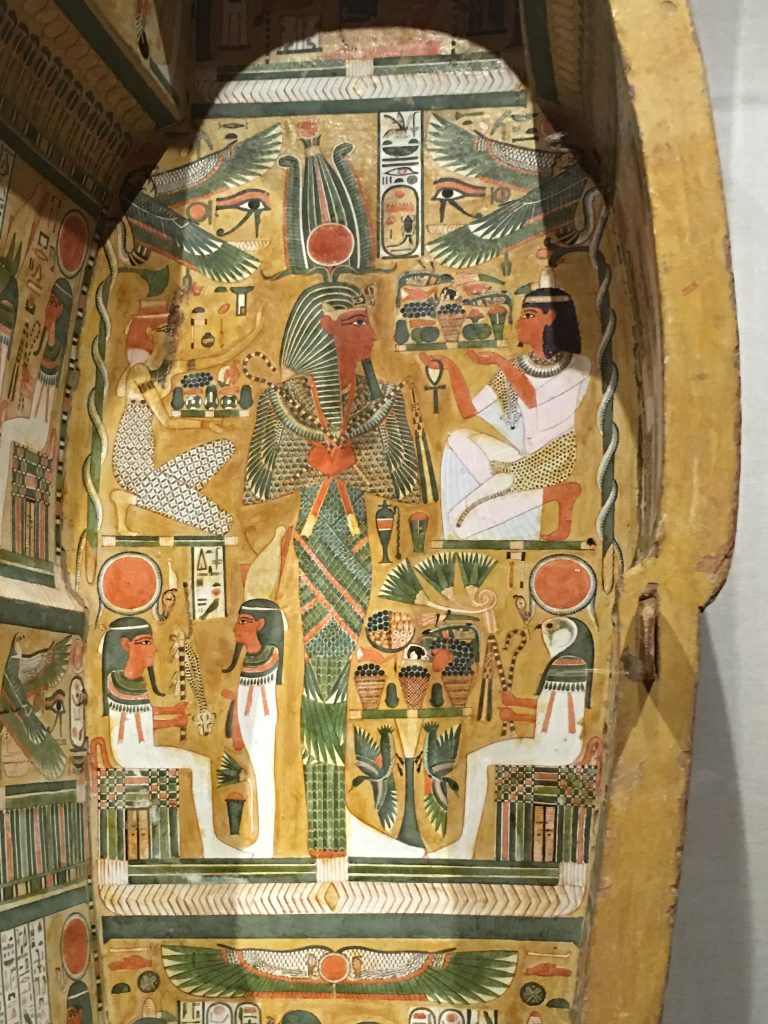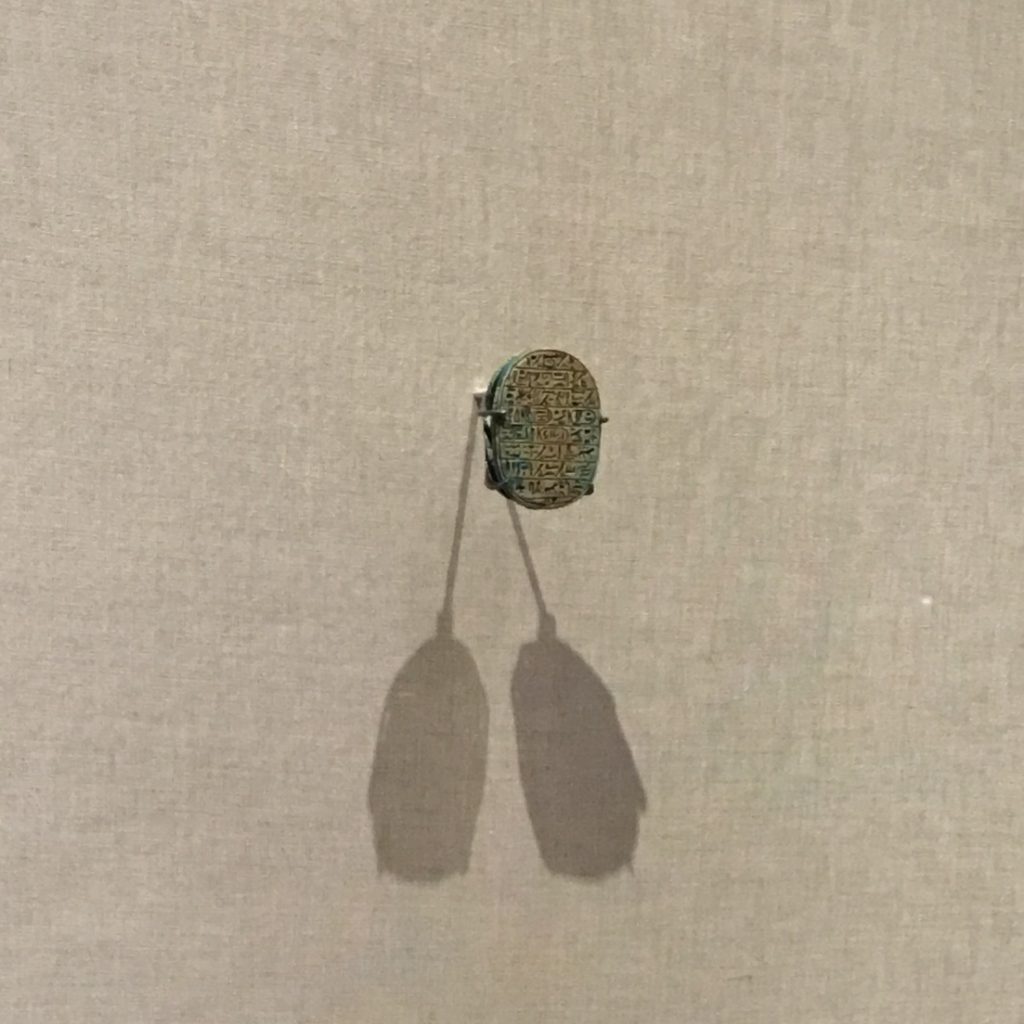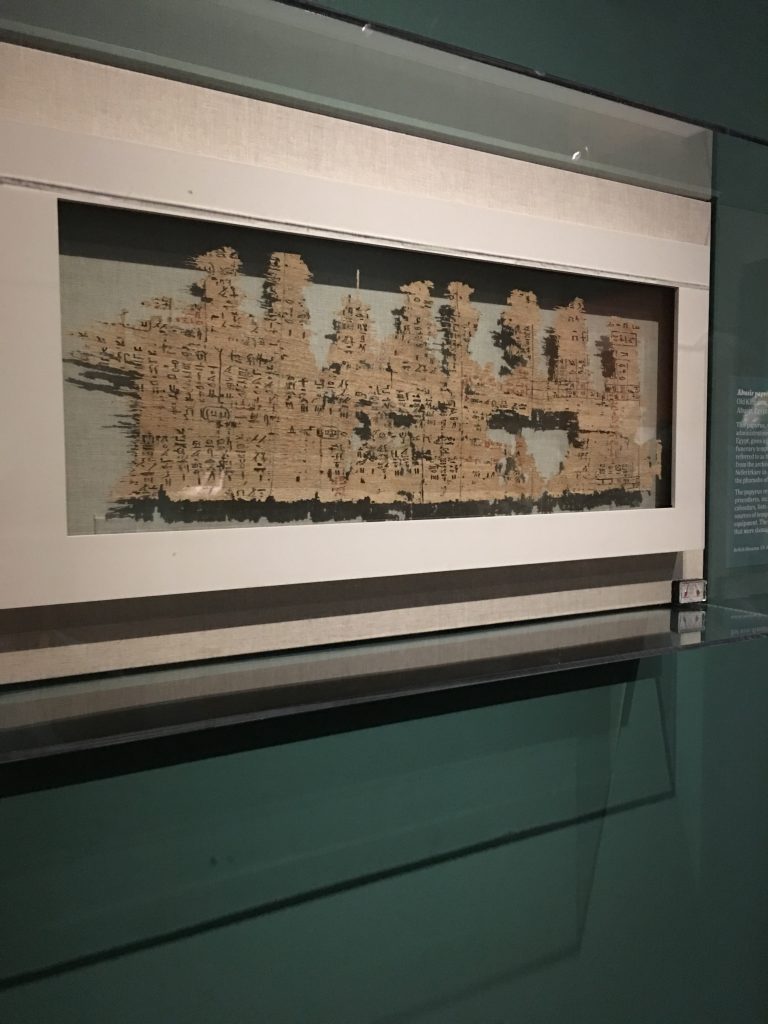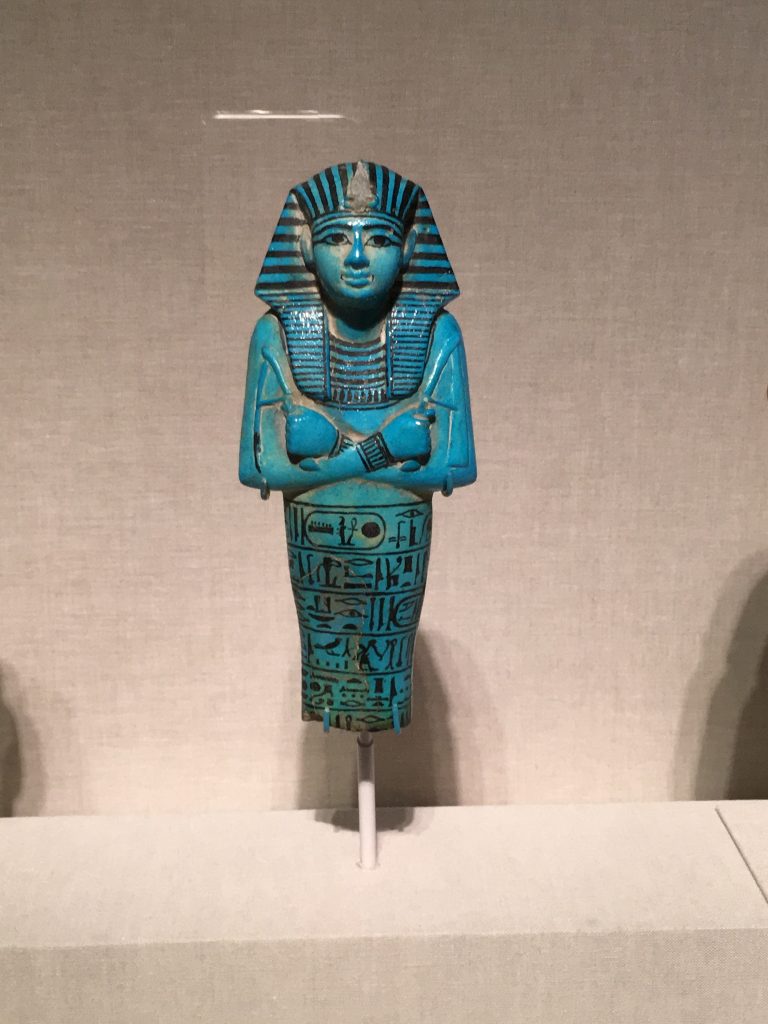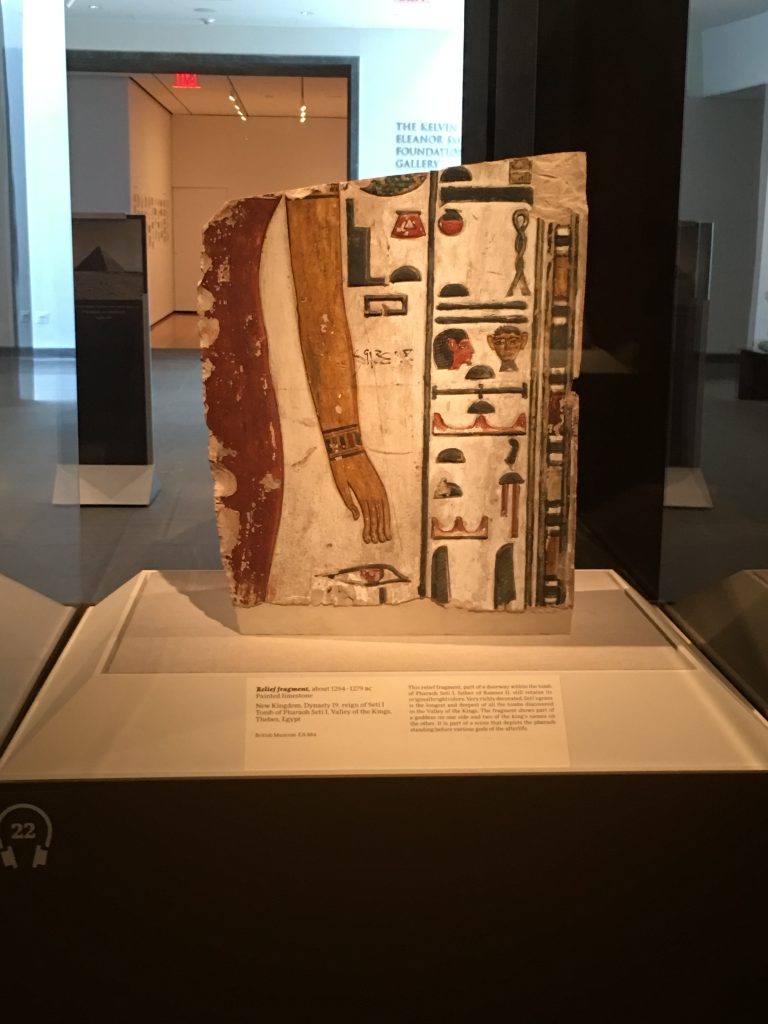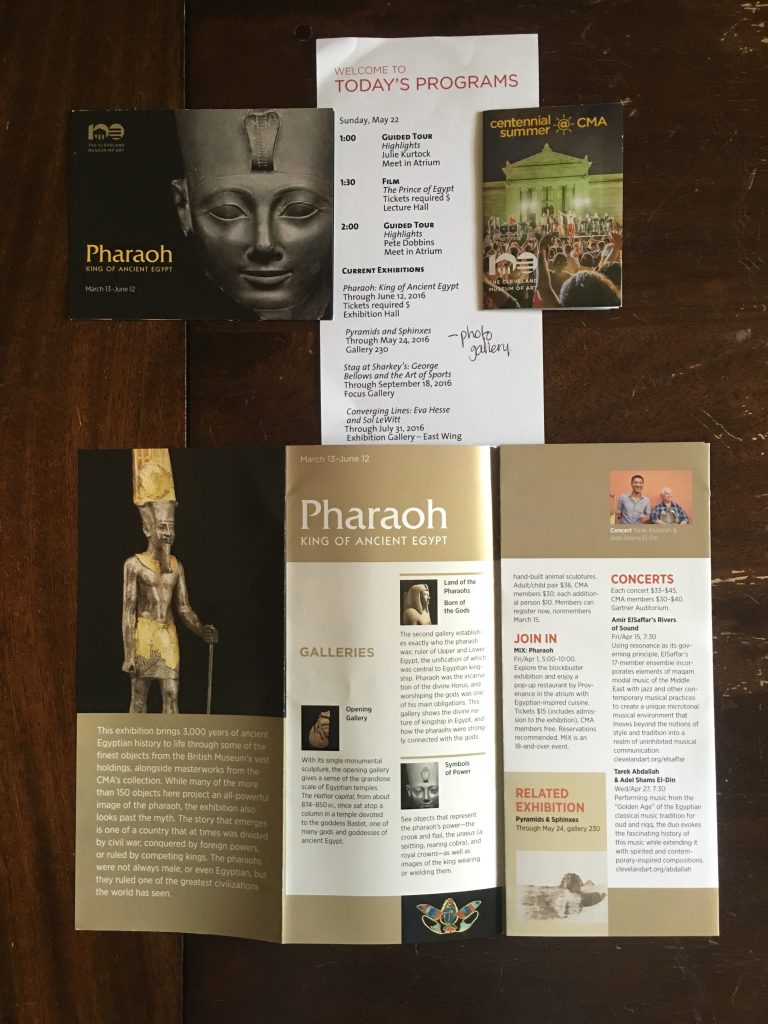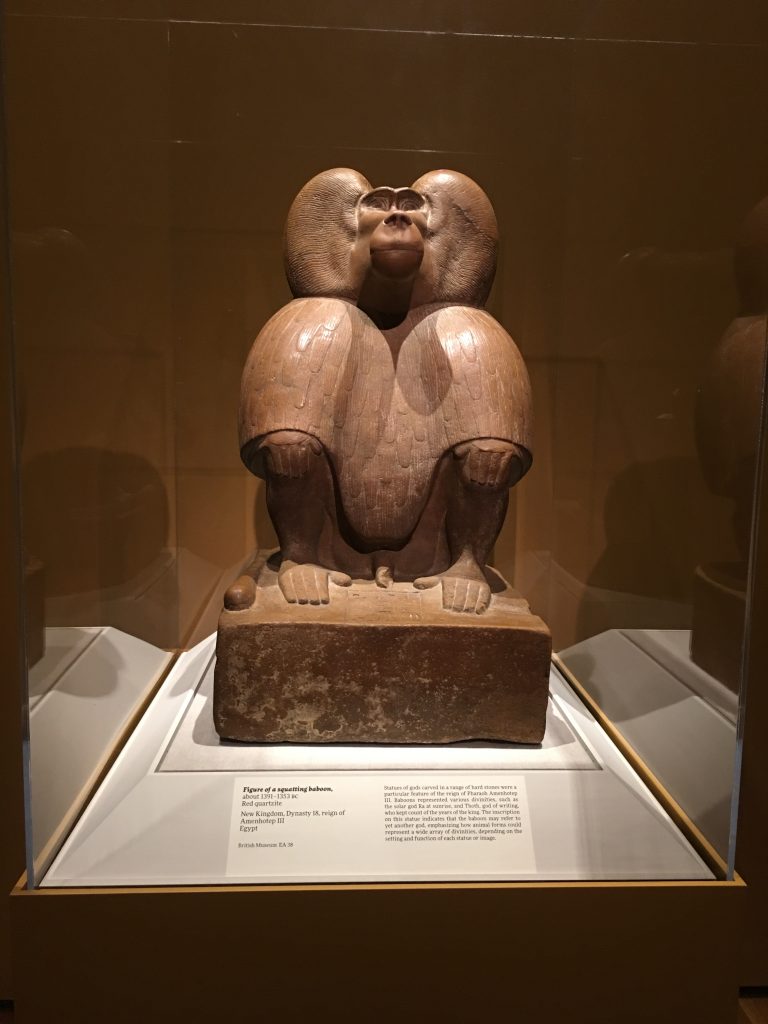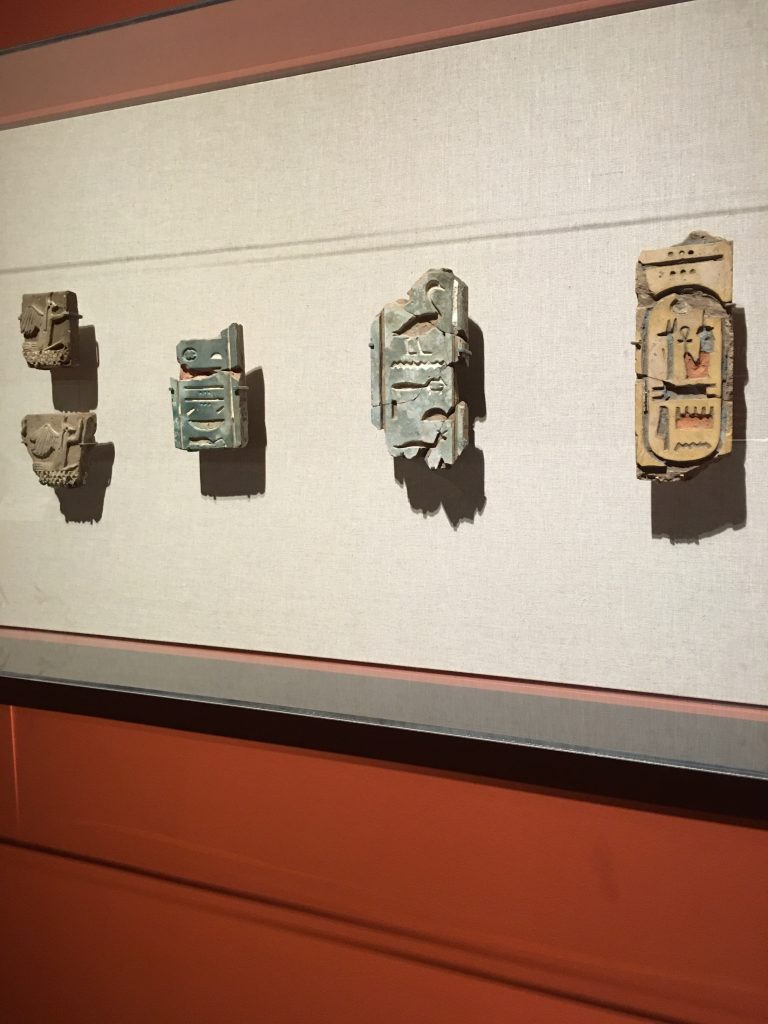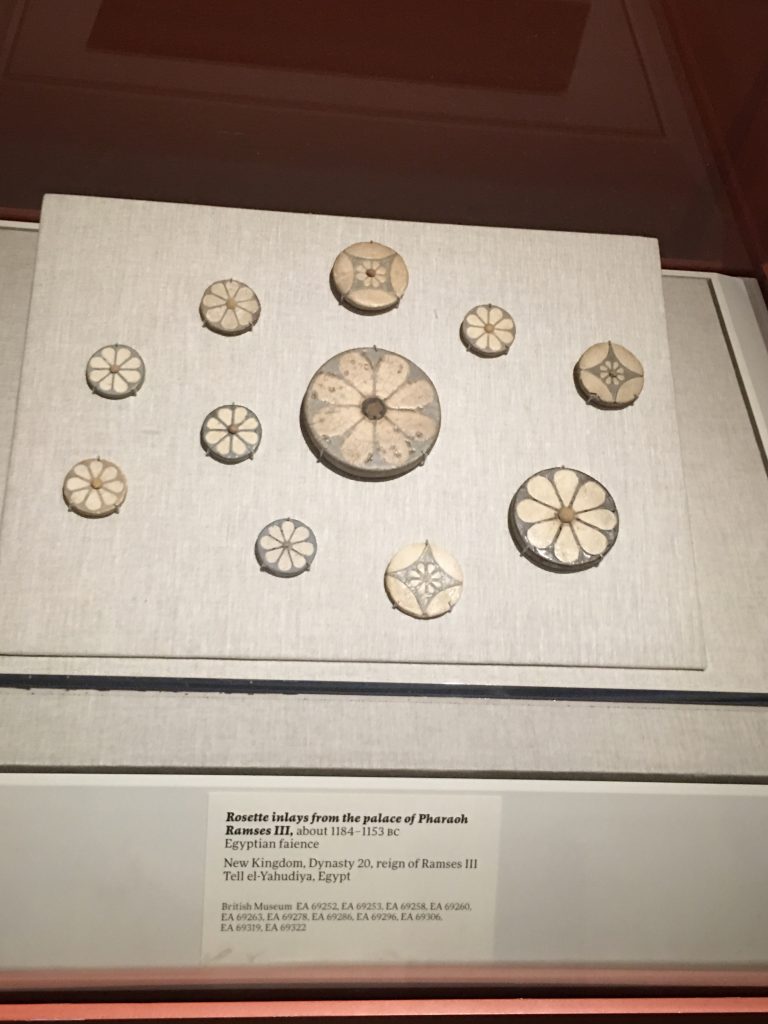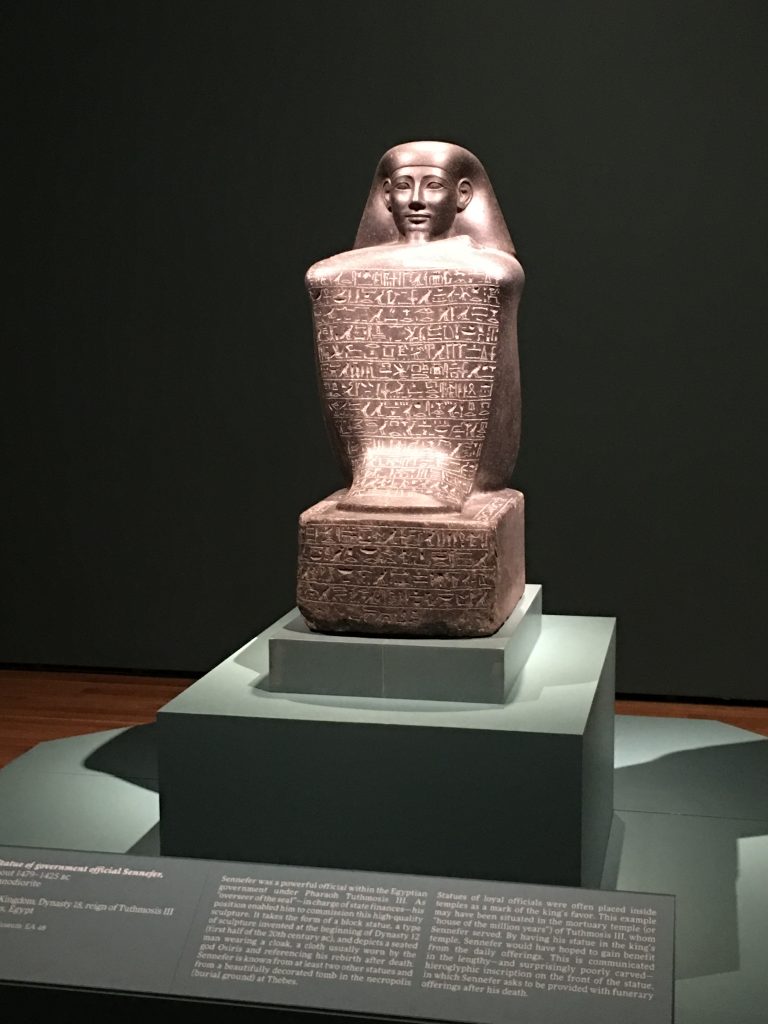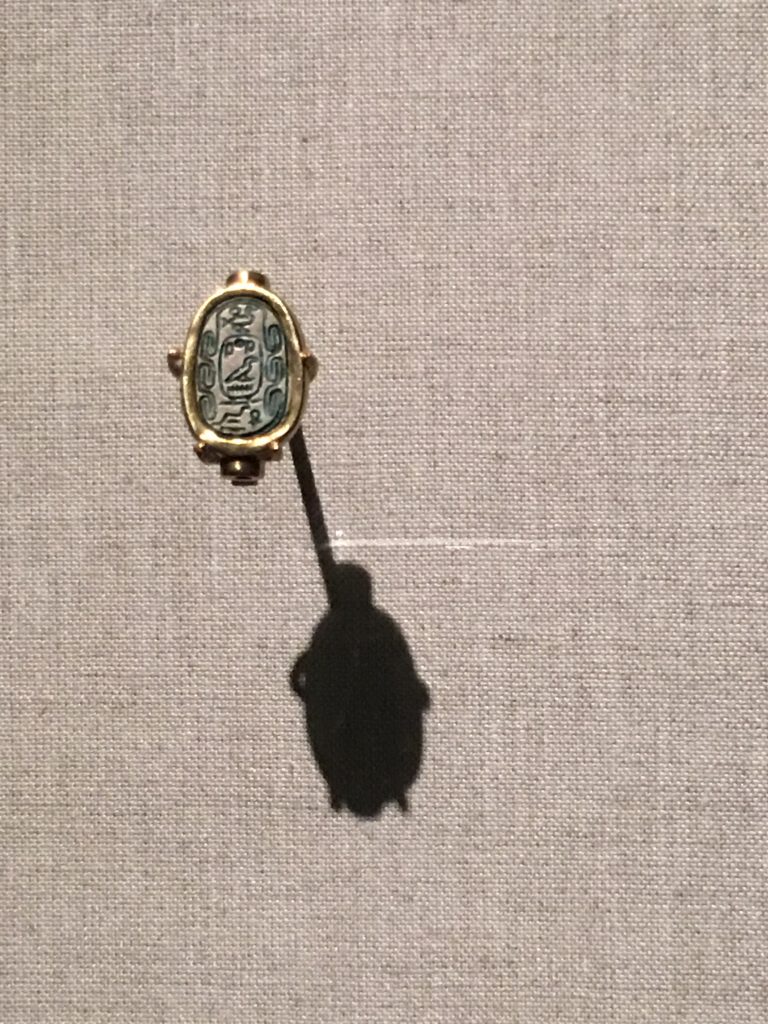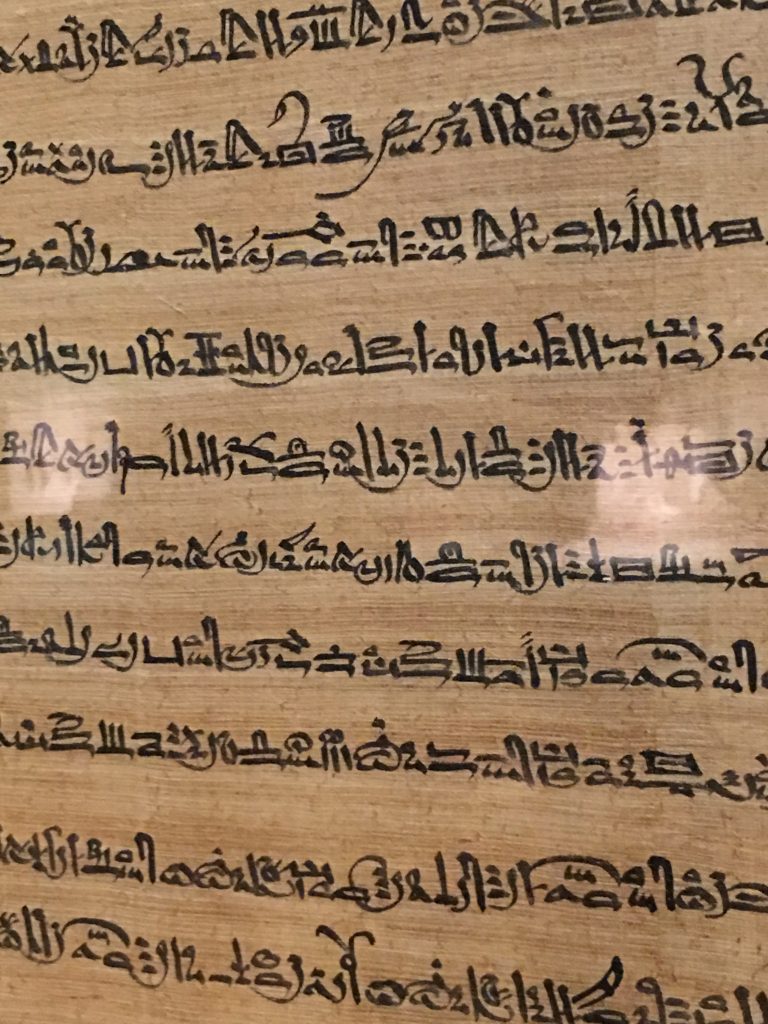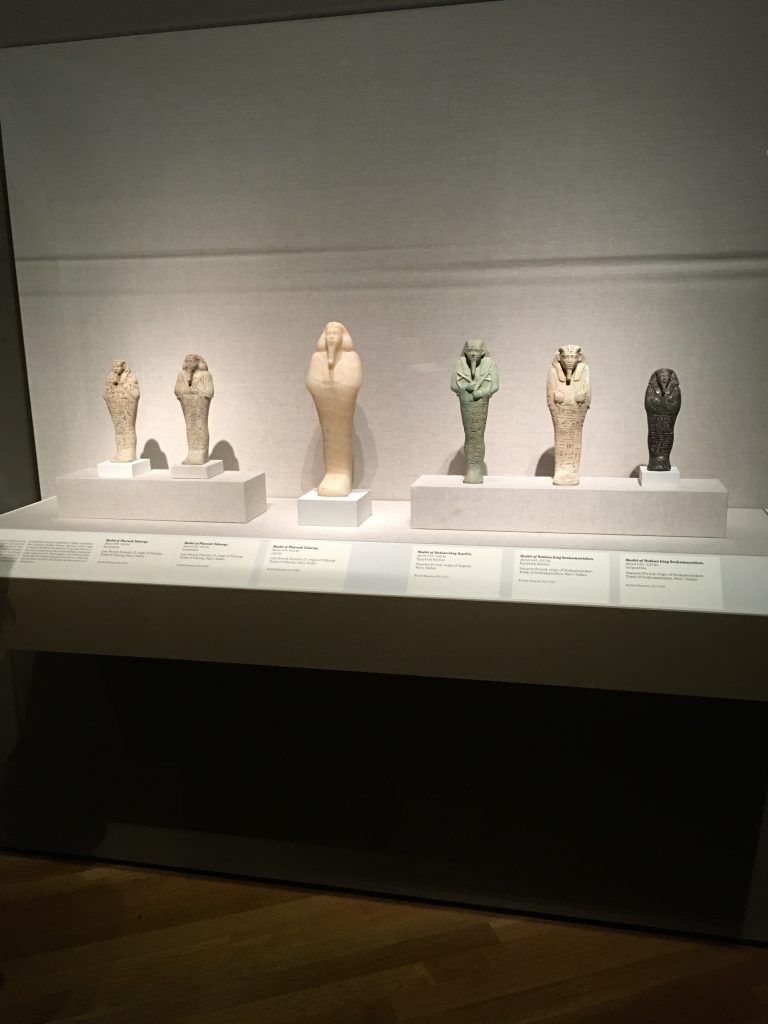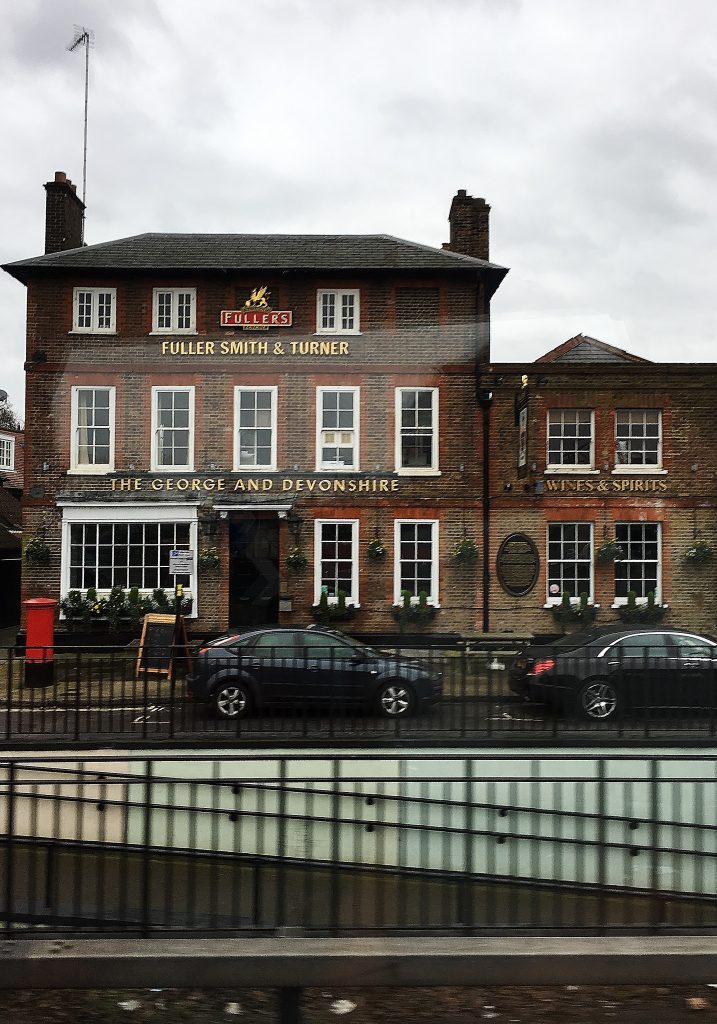
Bath, England, was once an artists’ paradise where the likes of Jane Austen, the famous writer, made frequent visits as a child. Today, visitors from all over the world are drawn to the historical Roman baths, the beautiful Bath Abbey and the quaint pedestrian square lined with British restaurants and souvenir shops.
On our way to Bath, the countryside was dotted with farms and charming villages as well as picturesque cottages and lovingly tended gardens. Corner pubs seemed to have been plucked from a popular London crossroad and relocated to this rural scene.
The purpose of my trip to Bath was to explore the Roman Baths, the site of Aquae Sulis and the surrounding courtyard, that were built here in the 1st century AD. Rome’s empire spanned as far as England at the height of its success and this therapeutic pool of water is what remains of Rome’s influence on this area.
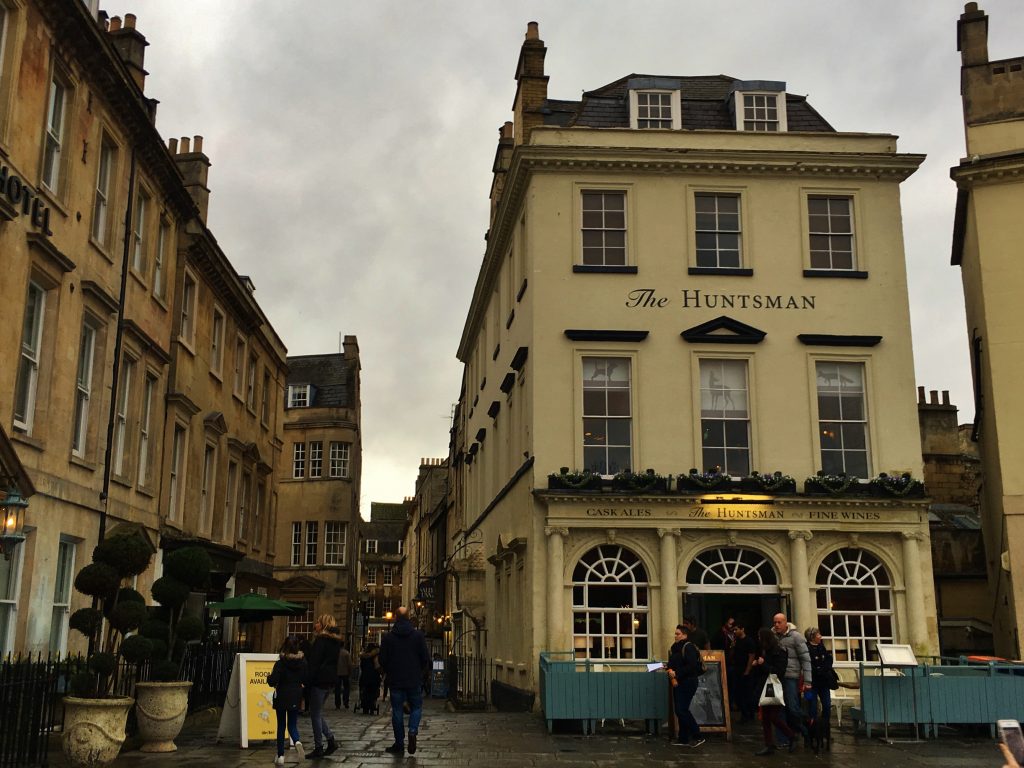
Our big red bus dropped us off in the heart of Bath so we followed the crowds making their way to the Roman baths and took in the extraordinary charm of the town. The cobblestone roads and Georgian architecture reminded me of Jane Austen’s book about Bath’s high society in Northanger Abbey and her novel, Persuasion.
The sky had been threatening to rain all morning, but seemed to have held off for now. Our wait in line extended out the doors and around the corner near Bath Abbey and somehow I managed to bring up the end.
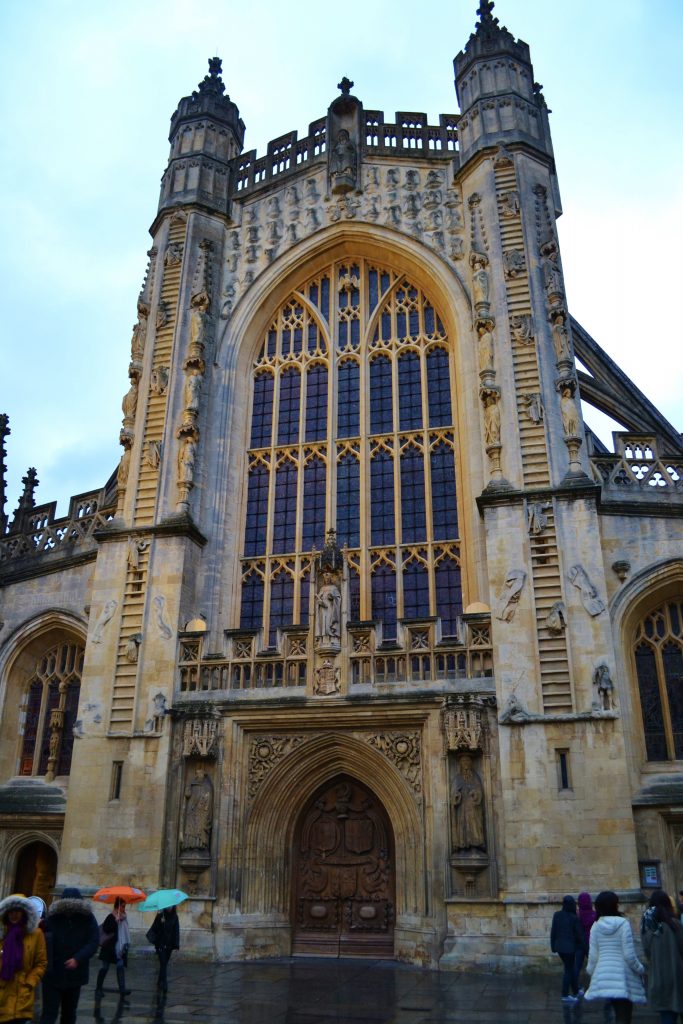
While standing in line, I noticed the square was surrounded by four story buildings with shops, restaurants and bakeries on the ground floor open for business. The Roman Baths Kitchen, Jack’s of Bath, tourist center to exchange money, the Cornish Bakery, the Edinburgh Woolen Mill, Hawkin’s Bazaar were well lit and provided a respite from the drizzling rain.
Bath Abbey stands behind me in the Abbey Church Yard in the heart of the city. The dark, carved wooden arched doors, gorgeous stained glass windows and yellow-hued Bath stone are highlights of the Gothic façade, while its crown jewel are the stone angels climbing up Jacob’s Ladder towards heaven. The church is dedicated to Saint Peter and Saint Paul and was formerly a Benedictine monastery founded in the 7th century.
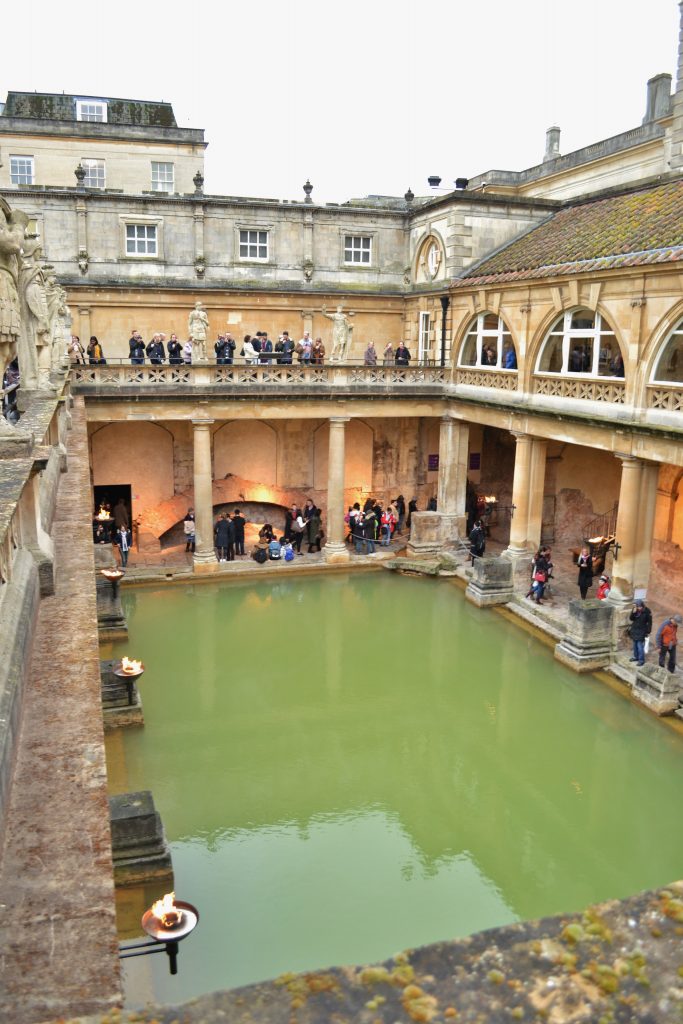
Our entry into the Roman Baths provided us access to the upper and lower levels of the museum. Following along the top floor of the complex, statues of Roman emperors and British governors lined up at intervals along the terrace overlooking the Great Bath. From this point of view, I clearly noticed the green water of the bath below and wondered if it was warm, as steam seemed to have been coming off of the pool. A doorway led into a dark room where well lit exhibits provided a timeline and explained how Rome transformed the Sacred Spring of Bath into England’s first spa.
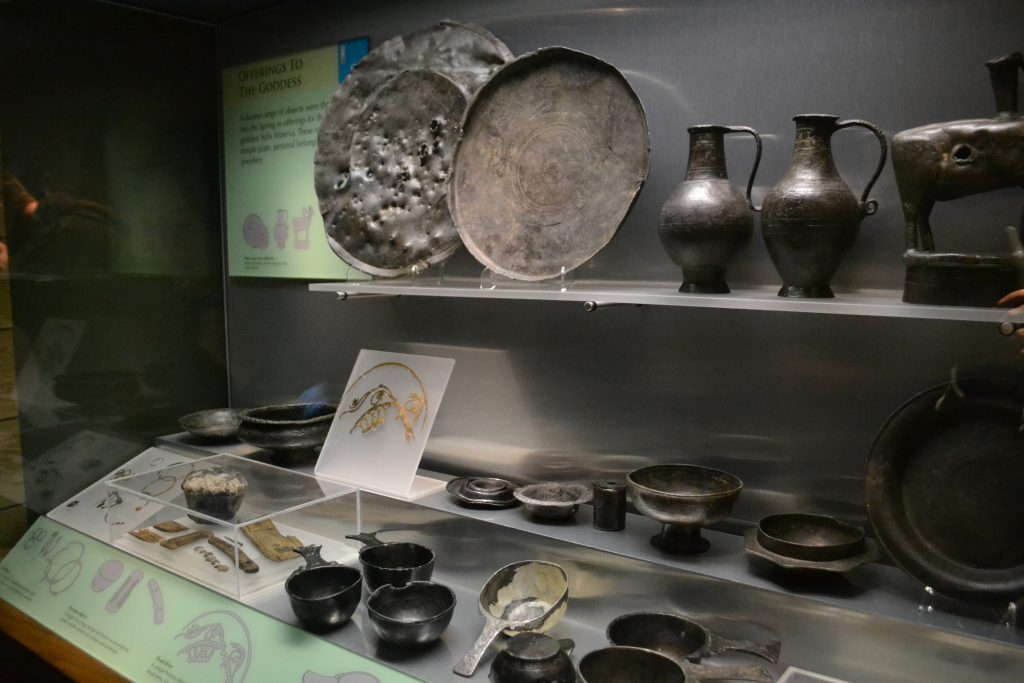
The Sacred Spring not only fed into the baths, but was a collection pool for curses and offerings to the gods and goddesses. Metallic inscriptions on lead or pewter contained curses where locals would write the names of the suspects and blaspheme them for their wrongdoing, many times for theft or perjury. Offerings to the goddess included jewelry, personal belongings or even coins. Some of the currency dated back to the Republic when Augustus was Caesar of Rome.
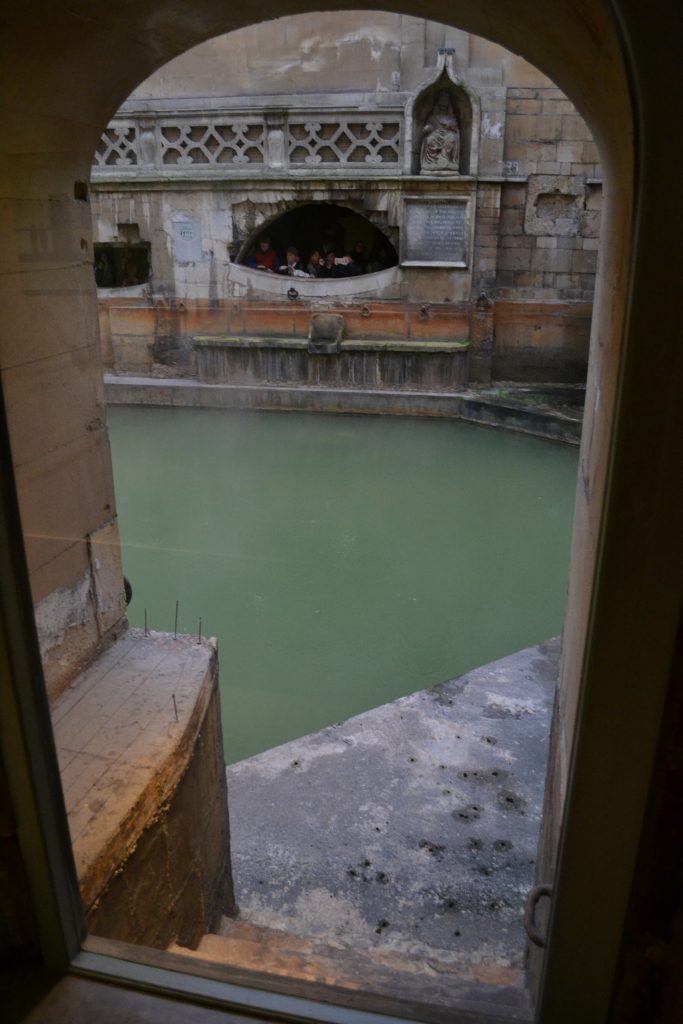
The lower level leads to the Great Bath yet the complex extends beneath the square and streets of town. The water’s natural temperature is a steady 46 degrees Celsius. The pool’s depth is just over five feet and stairs lead down on each side. Tables and benches may have lined the sides of the pool where visitors could enjoy drinks and snacks.
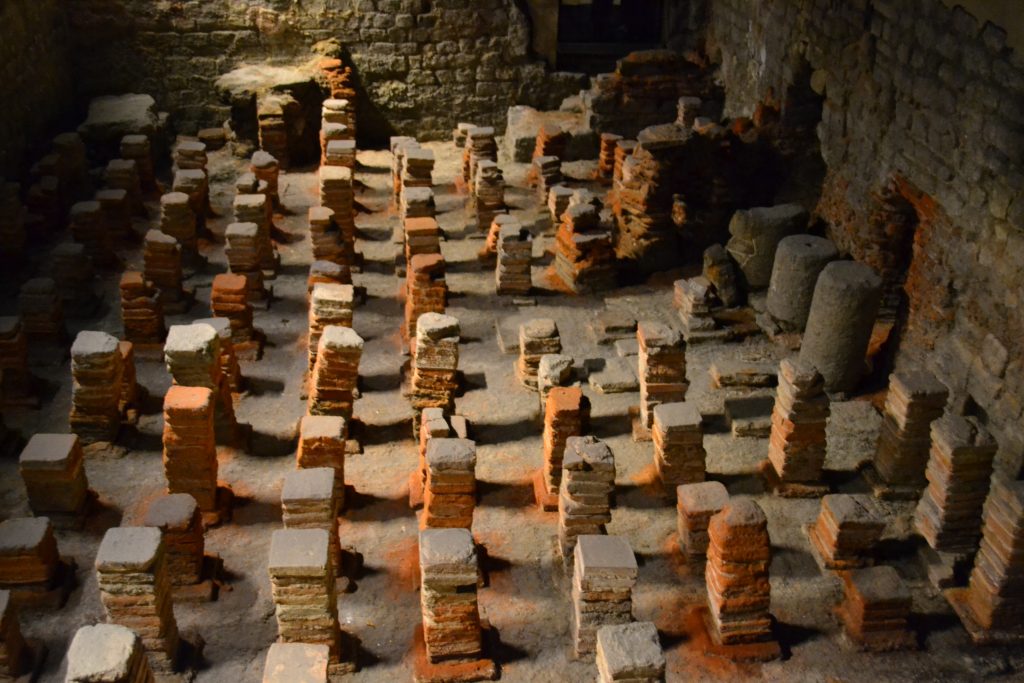
Large pipes of water extended from the Great Bath on the east and west sides creating additional spa features to the complex. The baths were constructed where the patrons would begin with the hottest bath to the coldest. The hot plunge bath, known as the Caldarium, was heated by a system under the floor called the hypocaust. They were constructed of stacks of pilae (tiles) that allowed the heated air to circulate throughout the floors and surrounding walls. The Laconicum, similar to today’s sauna, was a small room with intense heat designed to induce sweating.
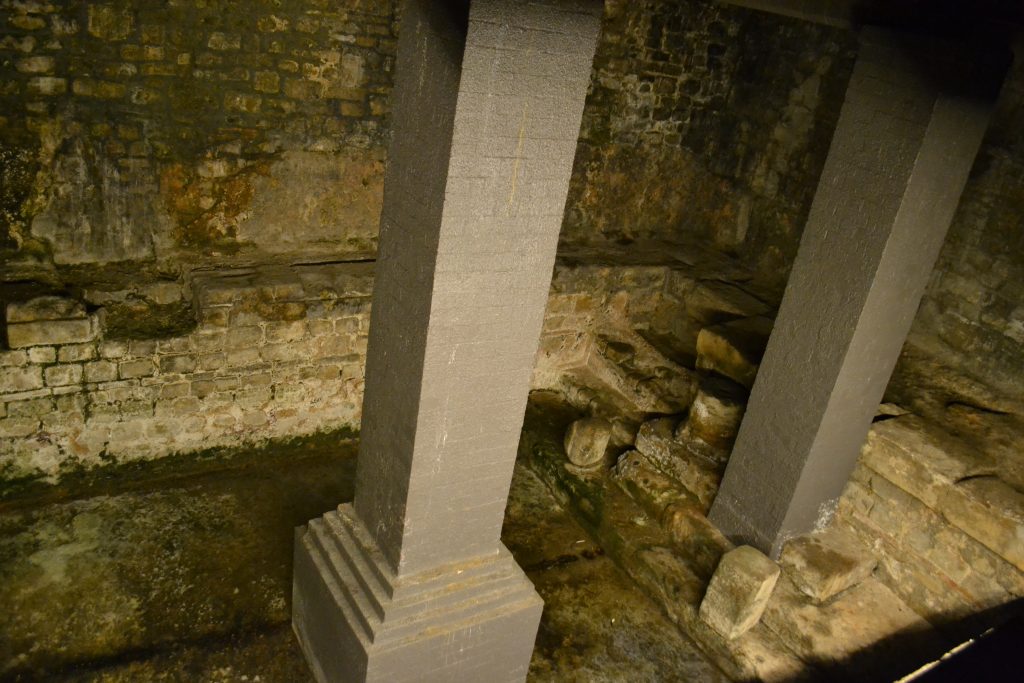
The final bathing experience was the cold bath which helped close the pores of the skin. The water would have come from outside of the baths, most likely a nearby cold water spring. The two columns were added in 1904 as additional support when electric trams were installed.
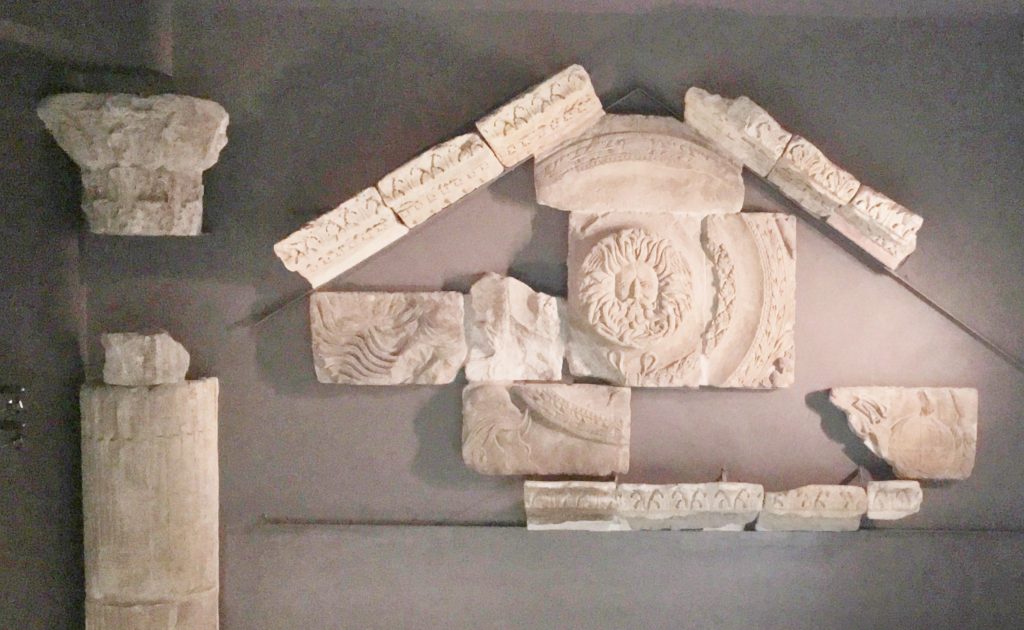
Adjacent to the Roman Baths was the Temple of Sulis Minerva, honoring the native Celtic goddess of the spa, who carried out the curses provided to her in the Sacred Spring. The temple, built in the classical style, had four large Corinthian columns that supported both the Temple Pediment and beautifully decorated frieze. The Temple Pediment, discovered in 1790, is one of the most fascinating relics of the temple. The detail in this piece of artwork is thought to have come from the area of Gaul in the first century AD.
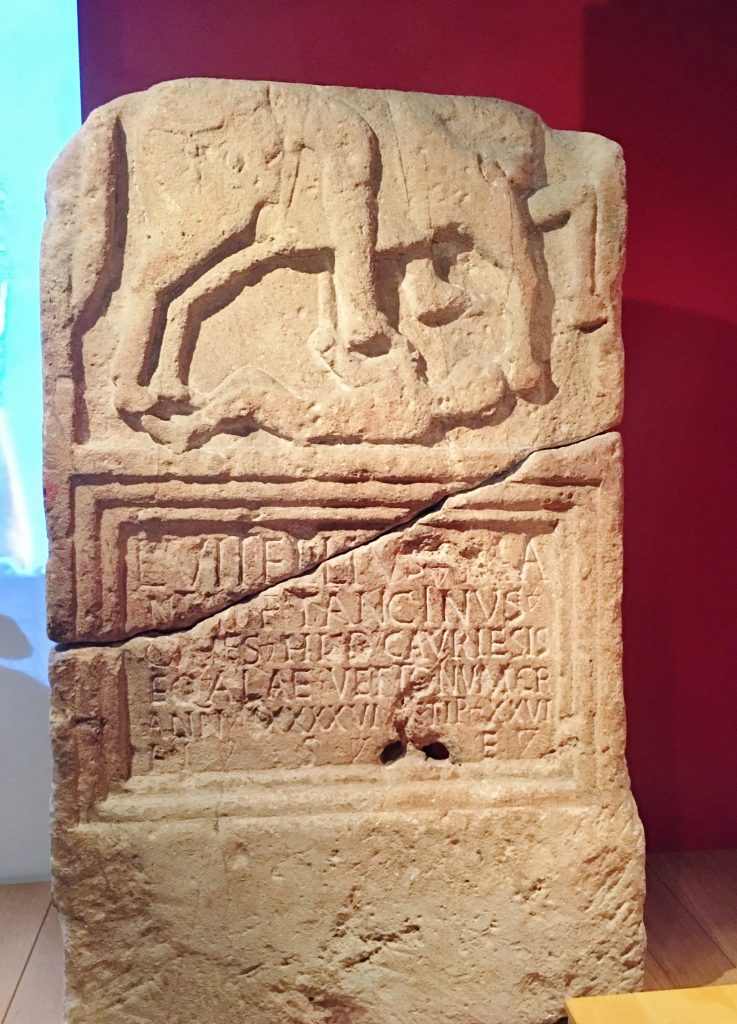
An inscription that was found in the Temple of Minerva is dedicated to the goddess Sulis Minerva and may have been the podium that supported her statue. Identified as the Haruspex stone, it was committed to the temple by a Haruspex priest L. Marcius Memor, who had the power to provide consulting services and made important decisions for the temple.
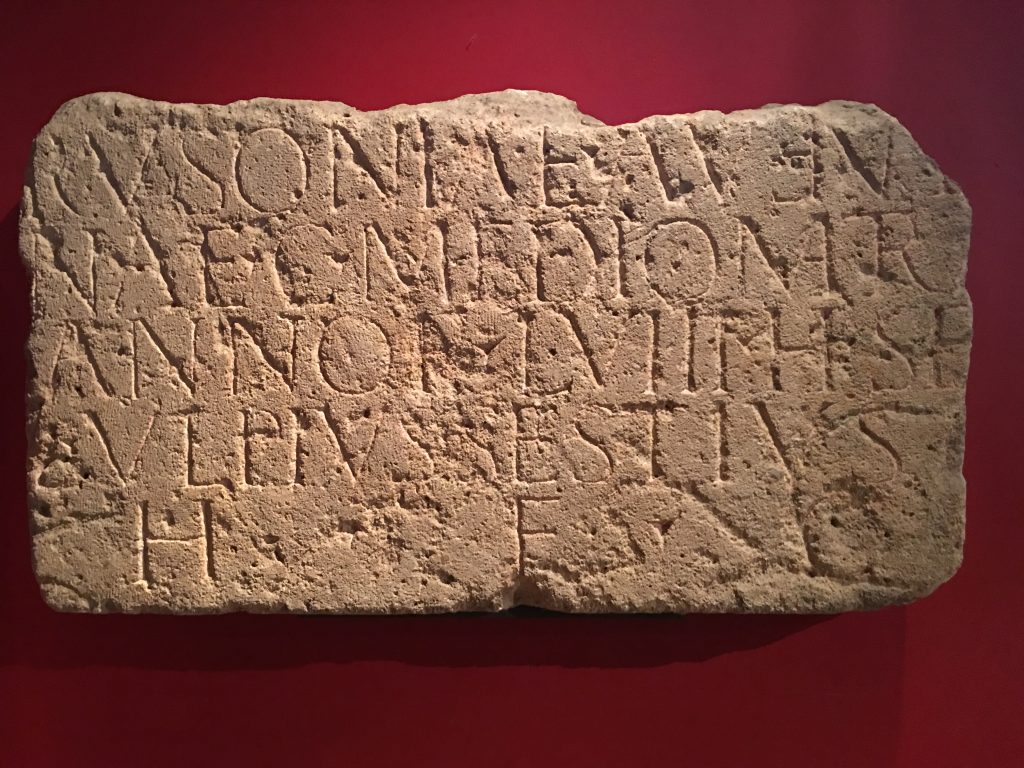
Several tombstones and relics on display represent the kinds of people who lived and died near the Roman bath. Many came to Bath, from Europe, leaving their homes to find work here. One stone inscription was identified as the gravestone of Rusonia Aventina who passed away at the age of 58. She came to Bath from Metz, France.
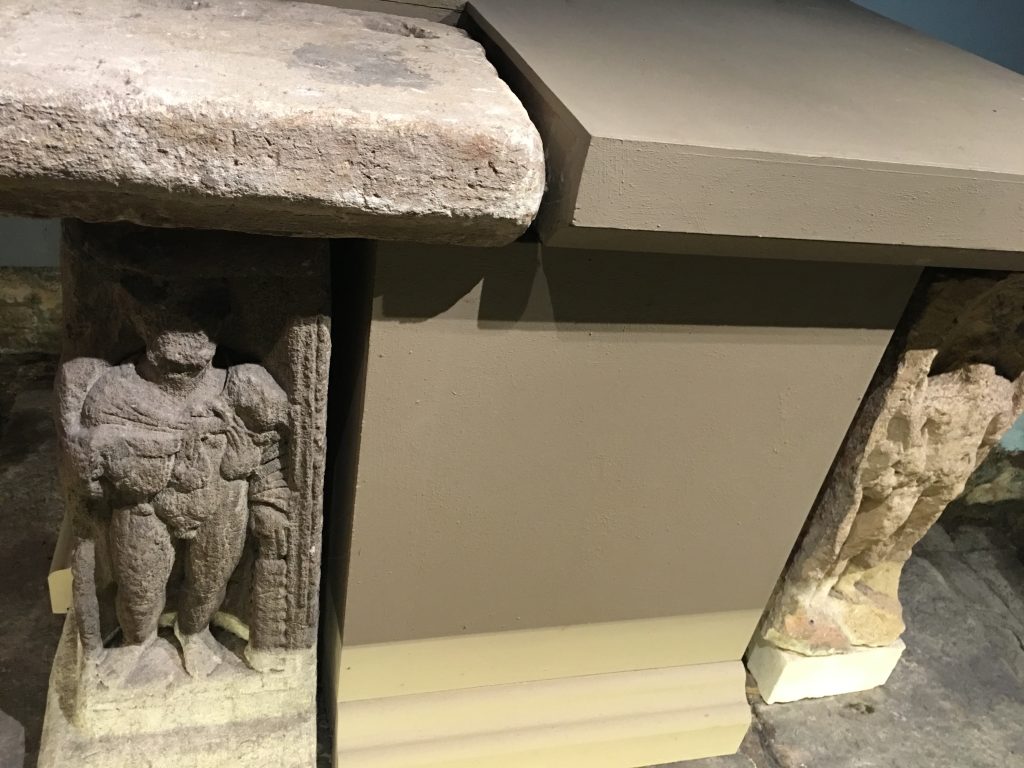
Another fascinating find was the altar where the priests conducted animal sacrifices. Several altar stones and inscriptions were found at the Temple of Sulis Minerva. Discovered in 1965, two of the cornerstones remained in their original positions. The pedestal carvings depicted the Roman gods, such as Bacchus and Jupiter and were thought to have been painted.
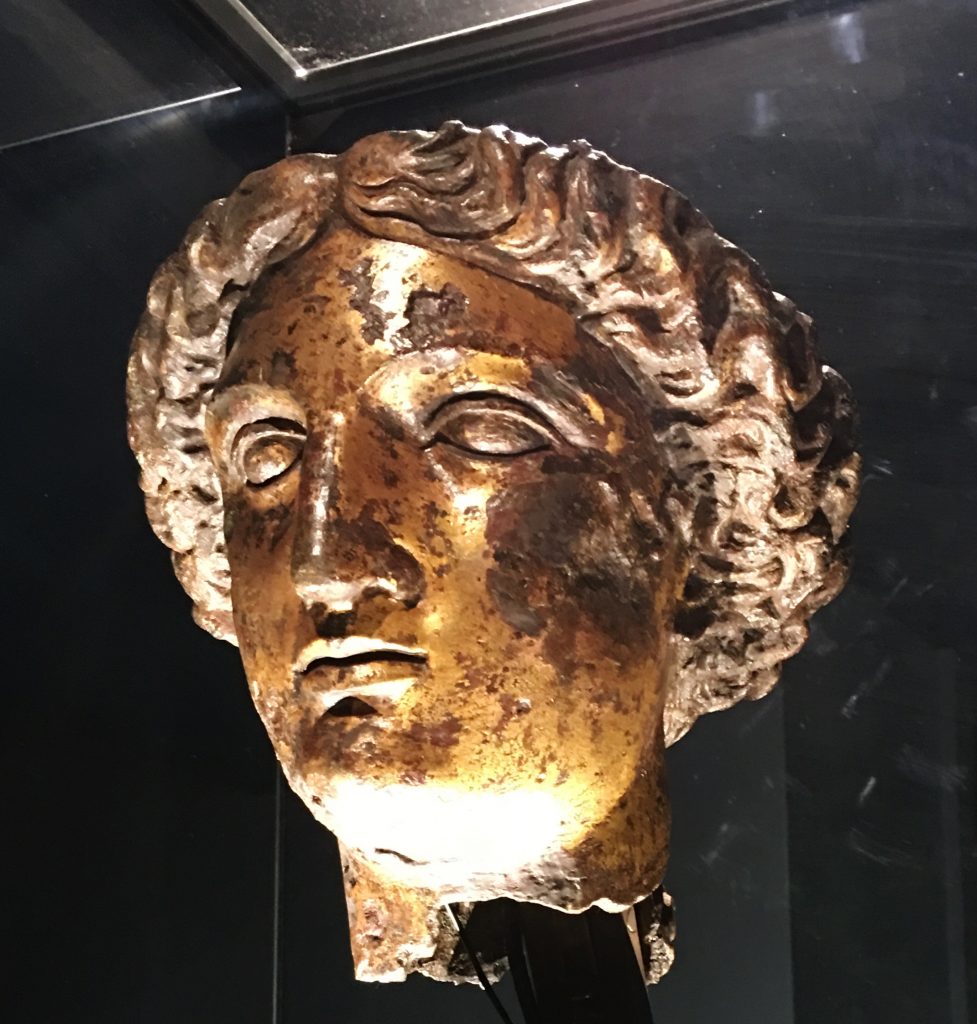
The bronze head of Sulis Minerva is one of the rarest objects from Roman Britain as there were only two other fragments of its kind. Discovered in 1727, it is said that it was most likely from the statue of Sulis Minerva that stood in the temple. Dating back to the first century, there are several layers of bronze gilding applied at various stages over time.
Shortly after the discovery of the first century Roman Baths, John Woods and his son revived the town of Bath into a spa resort once again in the 18th century. They added to the landscape by building The Royal Crescent’s thirty townhomes were decorated with beautiful Ionic columns and Palladian molding. Today it is a museum and houses the Royal Crescent Hotel.
The charm of this town is in its Gregorian architecture and the pedestrian square and it is just as I had imagined it would be, thanks to the writings of Jane Austen.
Have you had the opportunity to visit the charming English town of Bath? I would love to hear about your experience if you would kindly leave a message in the comments section below. Many thanks for reading about my excursion to Bath from London and wishing you many Happy Travels!
What to See and What to Do:
The Roman Baths, Bath
Abbey Church Yard
Bath, BA1 1LZ
United Kingdom
Telephone: +44 1225 477785
- Admission Fee: £16.50 for adults (18 – 59); £10.25 for children ages 6 -16; children five and under are free; Seniors (65+) are £14.50
- Hours: January to February: Open from 9:30AM to 5PM; March 1 – April 18: Open from 9AM to 5PM; April 19 – April 22: Open from 9AM to 7PM; April 23 – June 20: Open from 9AM to 5PM; June 21 – August 31: Open from 9AM to 9PM; Open September – October: 9AM to 5PM; November to December: Open 9:30AM to 5PM
- Amenities: local guides, museum, restrooms, audioguides, WiFi throughout the site
- Scenic View: Upstairs there are stunning views of the baths below.
- Length of Visit: 2 hours
- Tips for Your Visit: Wear comfortable shoes for walking. No re-entry is provided. Photographs are permitted. There is no bathing at the baths.
Where to Stay:
The Royal Crescent Hotel & Spa
16 Royal Crescent
Bath, BA1 2LS
United Kingdom
Telephone: +44 1225 823333
Where to Eat:
Sotto Sotto
10 North Parade
Bath, BA2 4AL
United Kingdom
Telephone: +44 1225 330236
What to Eat:
- Fish and Chips – fried fish and French fries
- Sunday Roast with Yorkshire Pudding – usually eaten from noon to five on Sundays
- Full English Breakfast – includes eggs, sausages, potatoes, mushrooms, blood pudding, tomatoes and toast
- Pie and Mash – typically a simple steak and kidney pie or pork pies, this is a classic British comfort food served with mashed potatoes and gravy
- Bangers and Mash – which is sausage served with mashed potatoes and gravy
- Cockles – a small type of clam
- Eton Mess – a dessert made of merengue, cream and strawberries
- Sticky Toffee Pudding – a moist sponge cake baked with dates or raisins and smothered in toffee sauce served with custard or ice cream
- Afternoon tea – with teacakes, scones, jam and clotted cream as well as champagne and tea
- Beef Wellington – filet steak covered with pate and wrapped in puff pastry
What to Read:
- Northanger Abbey, by Jane Austen
- Bath Tangle, by Georgette Heyer
- Persuasion, by Jane Austen
Photo Guide to Bath:
- The Roman Baths
- The Town of Bath
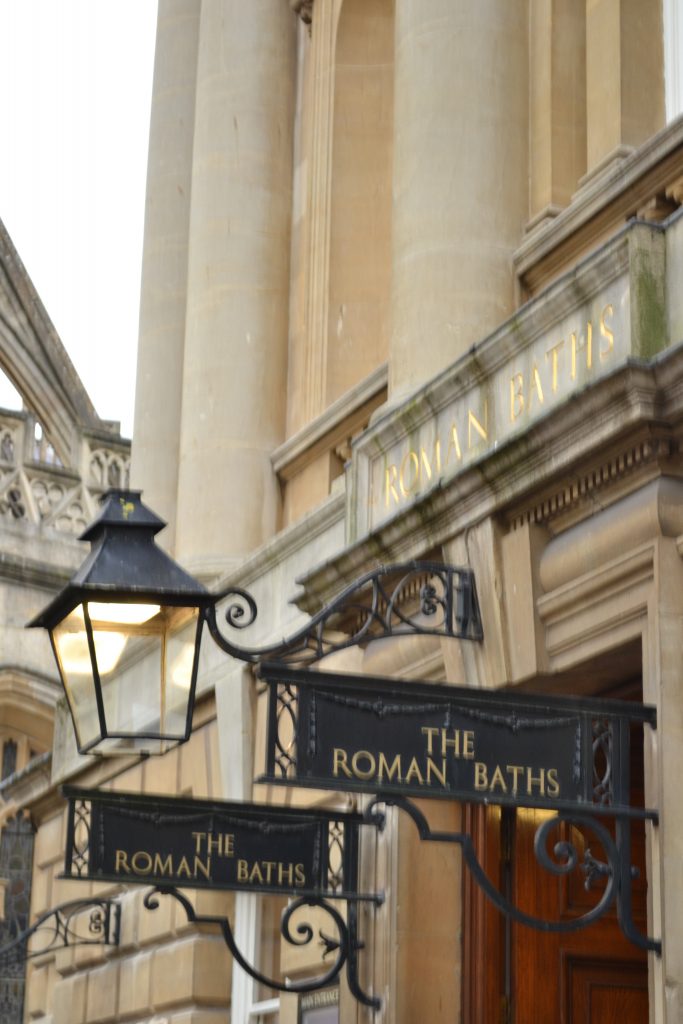
The Roman Baths of Bath, England

Funerary Statue at Bath, England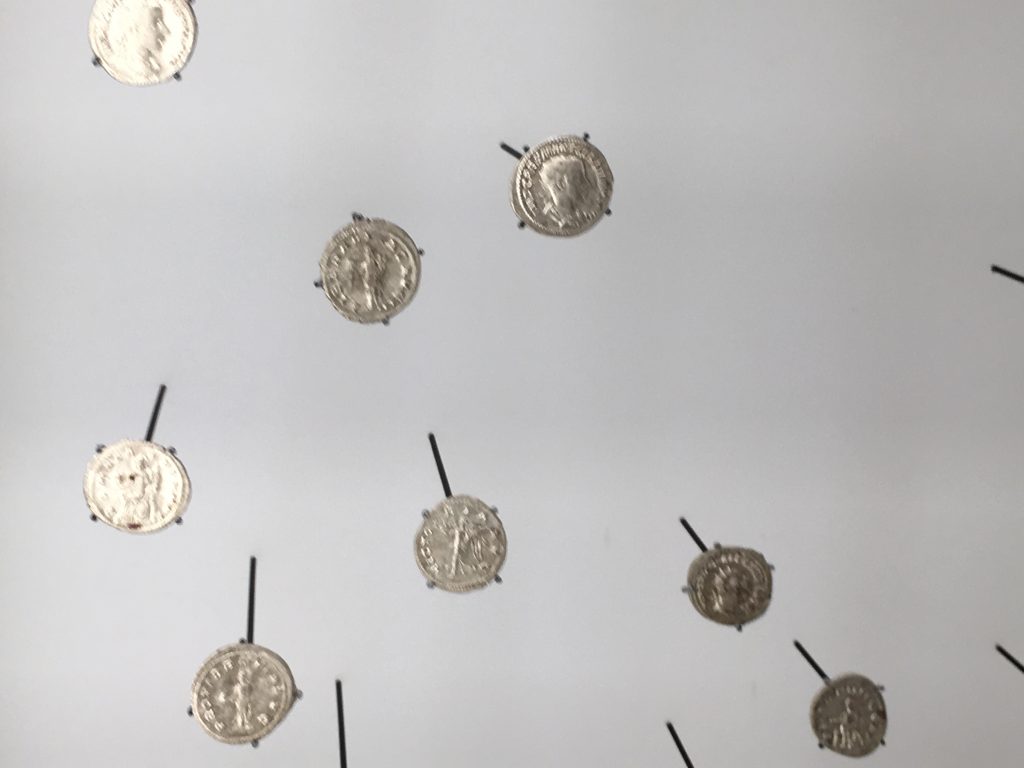 Ancient Coins found in the Roman Baths of Bath, England
Ancient Coins found in the Roman Baths of Bath, England
